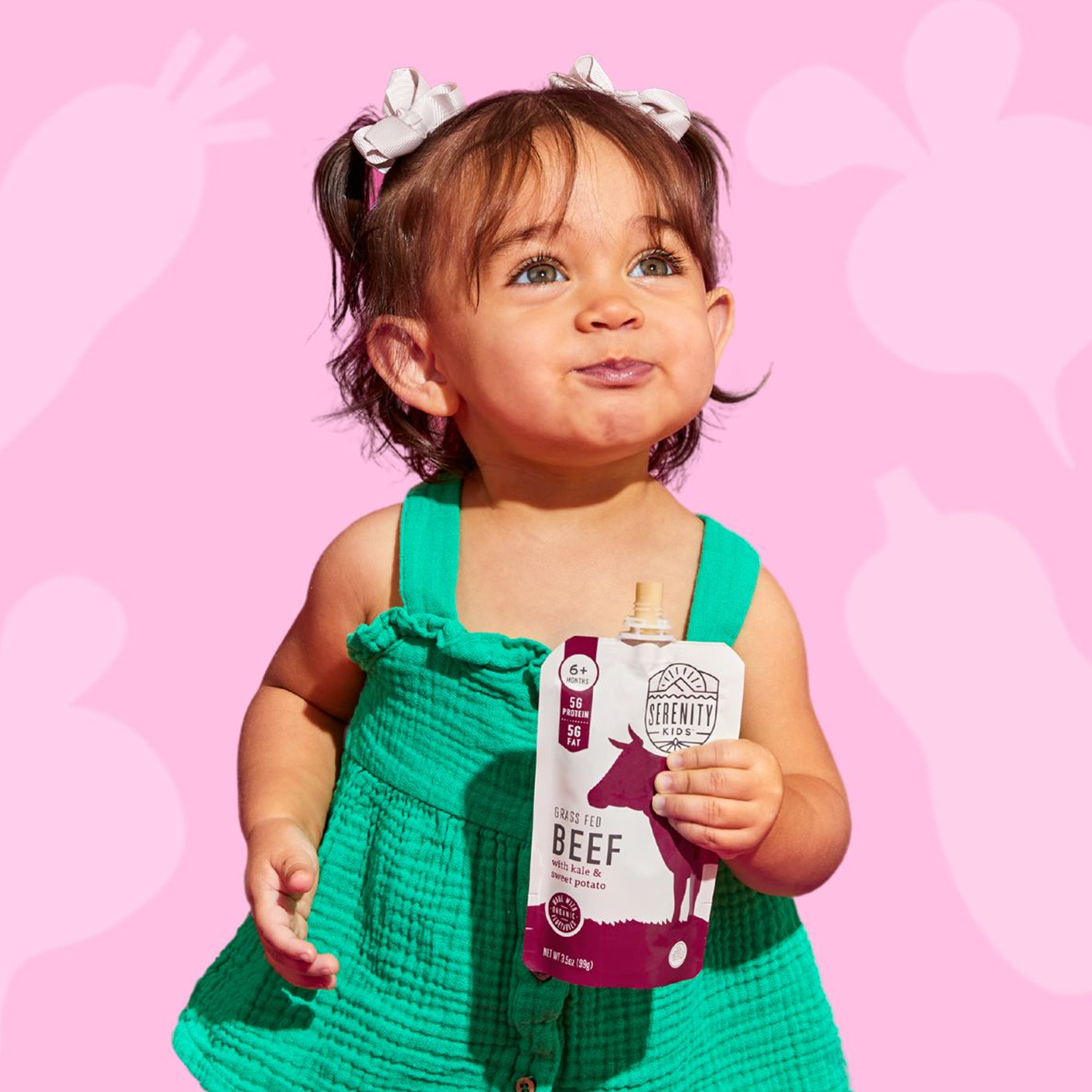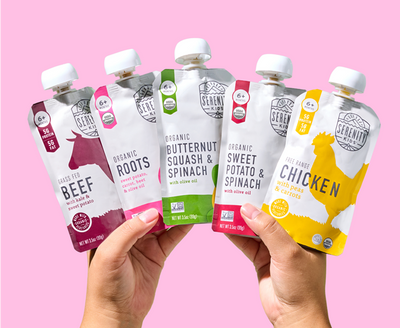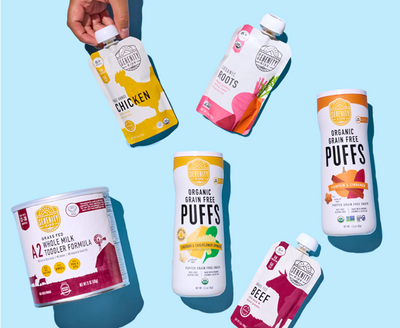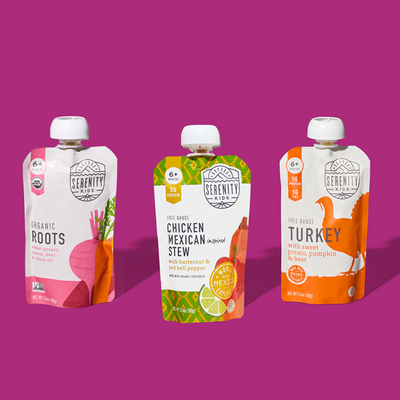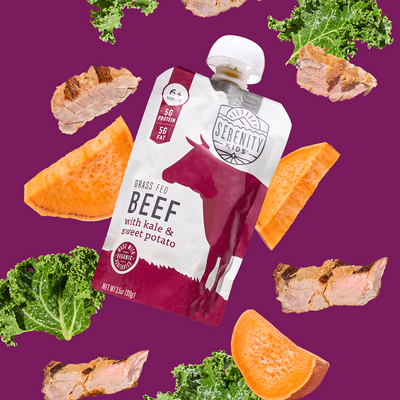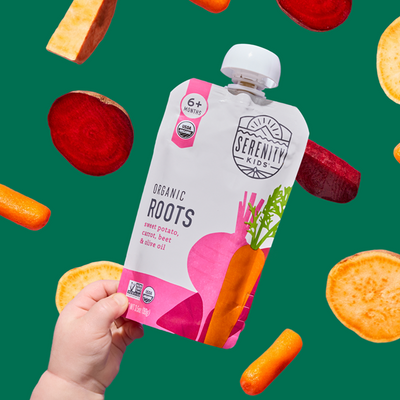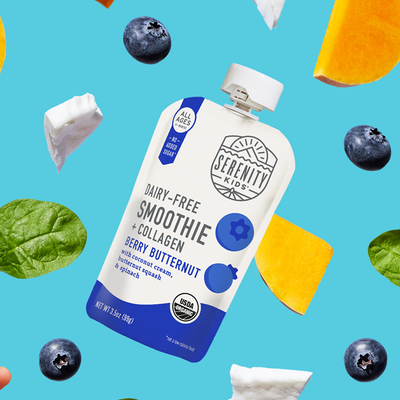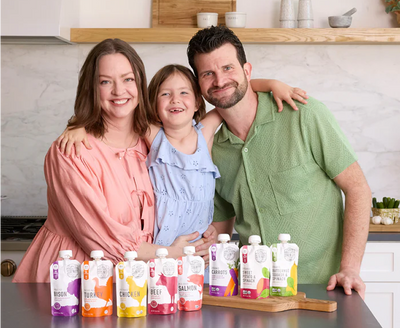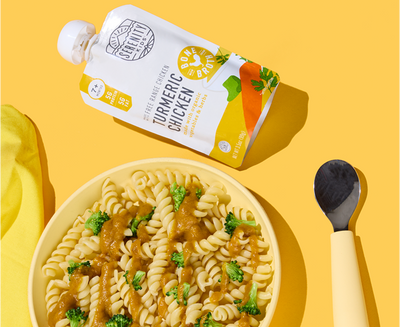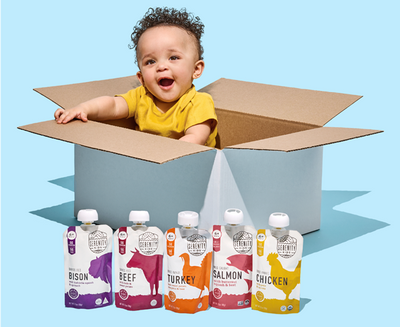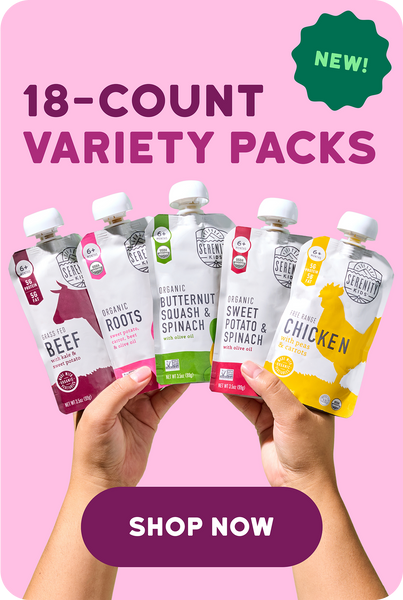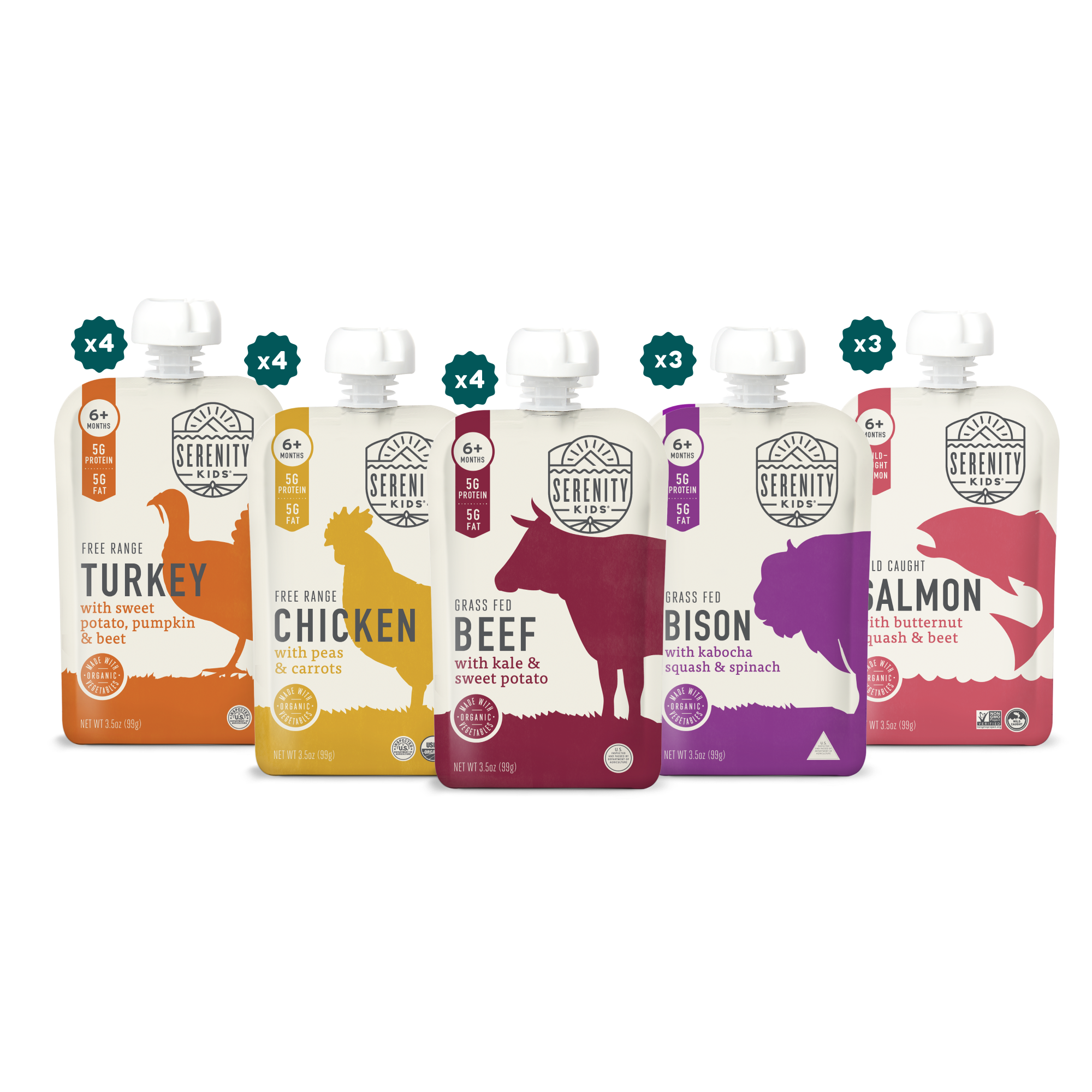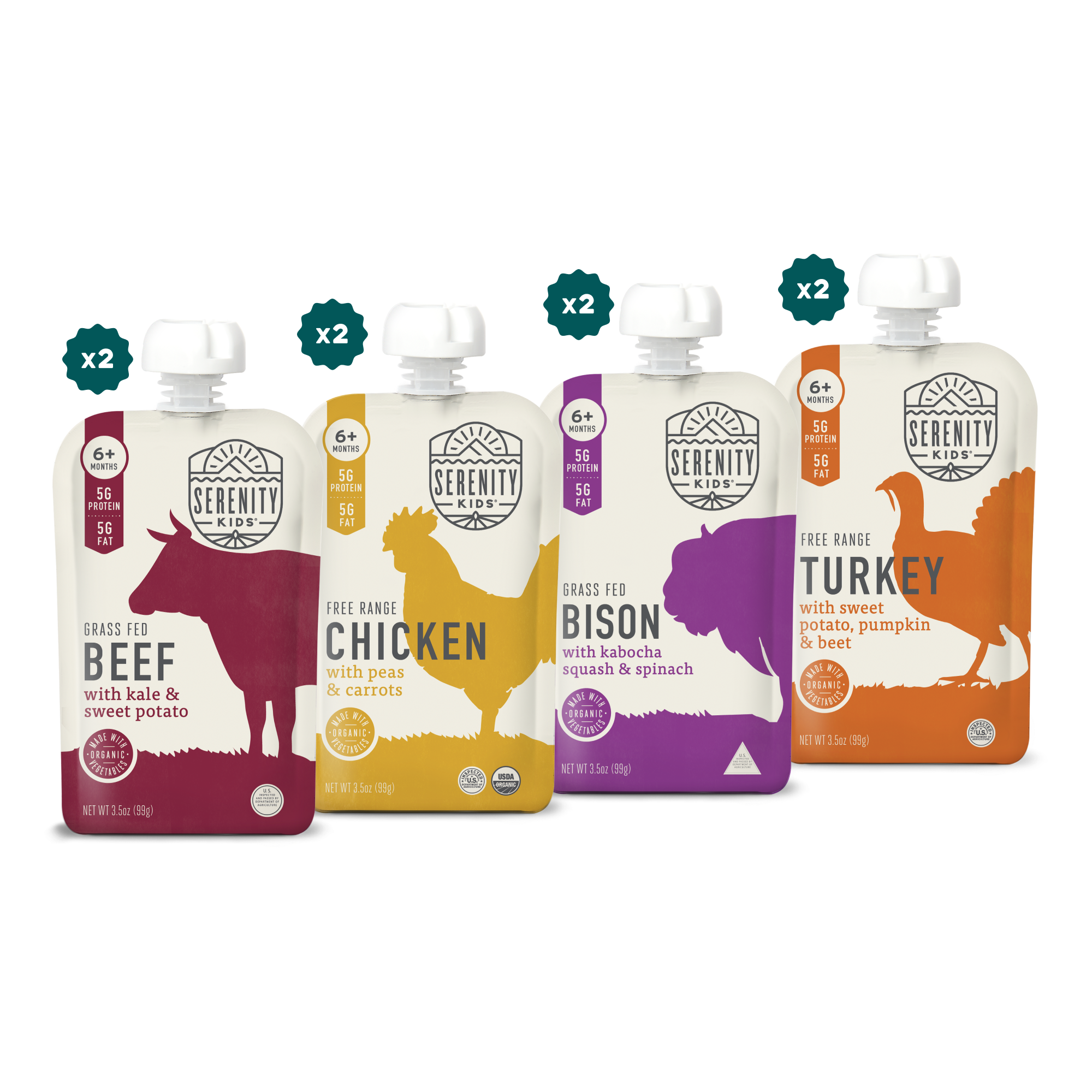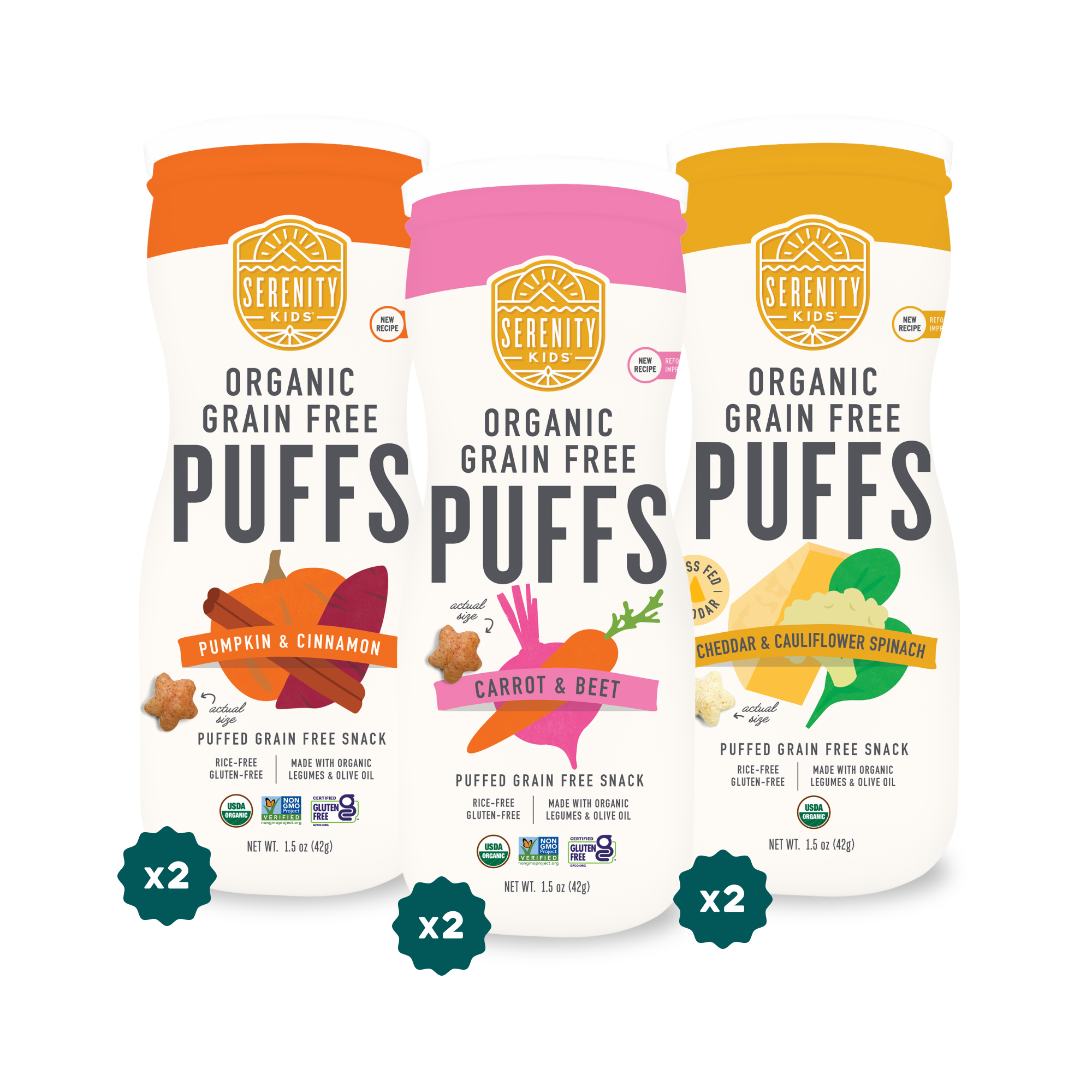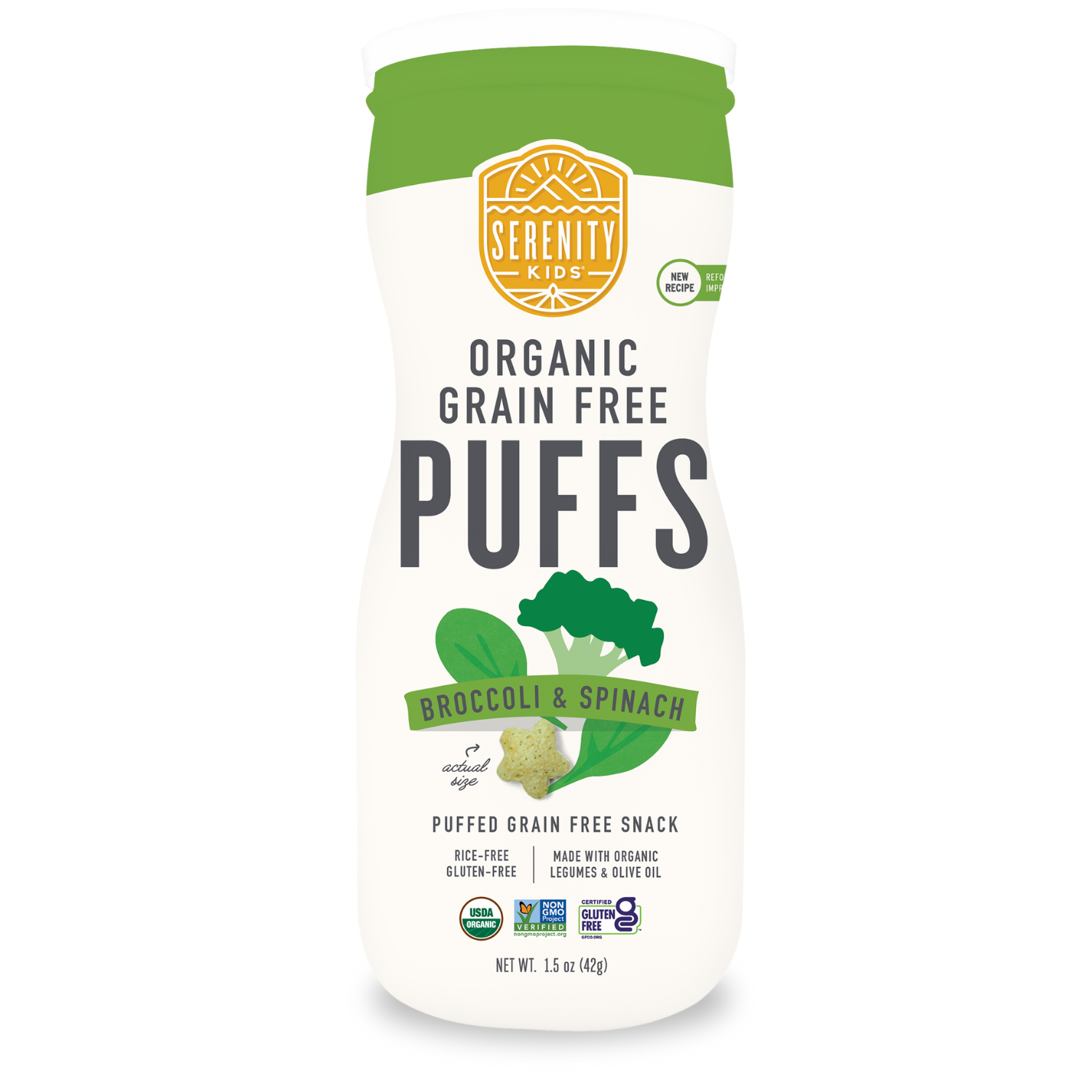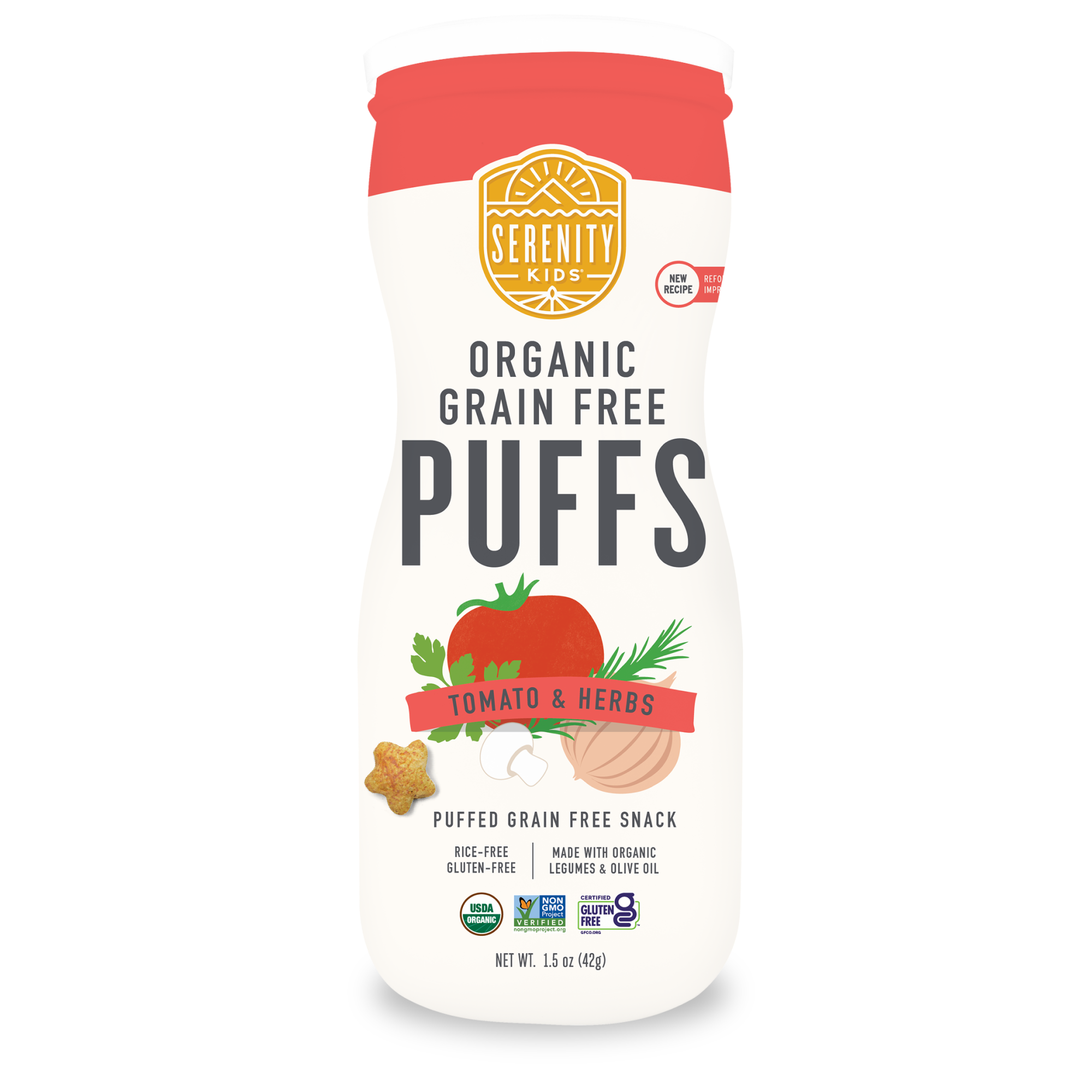TABLE OF CONTENTS
Written by Megan Dempsey
February 18, 2025
Seed Oil Alternatives: Unveiling The Dark Truth About Industrial Seed Oils

For a long time, many of us were made to fear fat. The good news is that fat is our friend again, but not all fats are created equal. Some fats have health benefits while others can be detrimental to health.
Industrial seed oils tend to be inexpensive and have a neutral flavor, so they are used heavily in many kitchens as well as in many prepared and packaged foods. But we're sharing more about the side of seed oils that you may not know - what are they and how can they harm your health? Plus, what oils can you use instead?
What Are Industrial Seed Oils?
Industrial seed oils are highly processed oils extracted from the seeds of various plants.
-
Canola oil
-
Sunflower oil
-
Safflower oil
-
Corn oil
-
Soybean oil
-
Cottonseed oil
-
Grapeseed oil
-
Rice bran oil
While oil extracted from seeds sounds innocent enough, there is more to the story.
Where Did Industrial Seed Oils Come From?
But before we get into it, let's take a look at a little history to help understand why seed oils even exist in the first place. They certainly aren't the oils that our ancestors ate. In the grand scheme of our nutritional history, industrial seed oils are a relatively new invention.
Seed oils were introduced into our food supply in the early 1900s. Interestingly, they got their start when businessmen Procter & Gamble wanted to find a cheaper alternative to animal fats for their new bar soap. They started mass producing cottonseed oil, a waste product of cotton farming and even created a subsidiary of their business to manage its production and operations.
So how did this oil go from soap to food? Well, Procter and Gamble were looking for more ways to use this new product they invested in. Edwin Kayser, a German chemist, caught wind and wrote to them on October 18, 1907 about a new chemical process that could create a solid fat from a liquid. This piqued the interest of Procter and Gamble who had been interested in producing a solid form of cottonseed oil for years. So, the company purchased US rights to the patents and created a lab on the Procter & Gamble campus to experiment. Procter & Gamble scientists quickly found that they could produce a creamy, pearly white substance out of cottonseed oil. They were delighted to see that it looked a lot like the most popular cooking fat of the day: lard. And there, in the soap-making lab, became the first industrial seed oil, a hydrogenated oil made from the waste of cotton production. It was quickly brought to market and sold to home cooks as a better alternative to animal fats. And thus began the “Era of Crisco”.
It was quite the journey to the kitchen table, and one that even seemed far-fetched at the time. In fact, an issue of Popular Science from the era sums up the evolution of cottonseed with the following sentiment: "What was garbage in 1860 was fertilizer in 1870, cattle feed in 1880, and table food and many things else in 1890."
Cottonseed was only the beginning of the rise of vegetable oils. Crisco’s success rose quickly as unfounded fears of saturated fat surfaced. (That’s a whole other history lesson, which involves some misinterpreted science that changed the way Americans viewed fat.) Food manufacturers quickly learned that they could capitalize on this fear while increasing margins by producing cheaply-made and highly processed oils out of “plant” foods and call it “heart-healthy vegetable oil”.
Soybeans were introduced to the United States in the 1930s, and by the 1950s, soybean oil became the most popular vegetable oil in the country. The trend continued, and canola, corn, and safflower oils followed shortly after that.
The result? Vegetable oil consumption rose dramatically between the beginning and end of the 20th century. This change in the diets of Americans, from natural sources of cooking fats like lard and tallow to highly processed oils came at the same time as a shift from cooking from scratch at home to the introduction of convenience foods that were filled with the same processed oils. Of the many things that have changed in the human diet in the past 150 years, one could make the case that the greatest change might be due to the increase in seed oils and their unfavorable Omega-3/Omega-6 ratios. It is perhaps also worth mentioning that much of the highly processed carbohydrate that has made its way into the modern diet is usually accompanied by seed oils.
How Are Industrial Seed Oils Made?
A little background on how industrial seed oils are made can start to frame why they can be so damaging. Because the foods that make the oils (like soybeans) aren’t exactly naturally rich in oil that is easily pressed (like an olive or coconut), their oils must be refined, bleached, and deodorized before they are suitable for human consumption. Here’s how that works:
-
Step 1: Seeds are gathered from their plants.
-
Step 2: The seeds are heated to extremely high temperatures. This is done for sterilization purposes, but it causes the unsaturated fatty acids in the seeds to oxidize, creating free radicals that can be harmful to health.
-
Step 3: The seeds are generally processed with a petroleum-based solvent, such as hexane, to maximize the amount of oil extracted from them.
-
Step 4: Chemicals are used to deodorize the oils, which have an undesirable smell once extracted. The deodorization process can produce trans fats, which are widely recognized to be potentially harmful to human health.
-
Step 5: More chemicals are added to make the color of the industrial seed oils more neutral and appealing.
Why Are Industrial Seed Oils Bad?
Despite organizations like The American Heart Association touting vegetable oils as “better for you”, there is quite a bit of research that suggests that they’re just the opposite, contributing to chronic inflammation and disease. Here’s why.
They are imbalanced in Omega 6:3
As we discuss in depth in our guide on maintaining a healthy Omega 6:3 ratio, this blog, the ratio of Omega 6:3 the balance of these fatty acids is critical to the maintenance of health. In general, we want to seek as low a ratio as possible for optimal health. Industrial seed oils are incredibly high in omega-6 fatty acids, some with an omega-6 to omega-3 ratio as high as 75:1!
They can promote inflammation
A high omega 6 to omega 3 ratio can contribute to systemic inflammation in the body. Inflammation is at the root of nearly all disease, and avoiding industrial seed oils is one simple way to manage it.
They are void of nutrients and full of damaging free radicals
Industrial seed oils use damaging processing techniques that strip away all nutrients and leave us with an oxidized fat that causes free radicals in the body. Free radical damage plays a major part in the development of chronic and degenerative illnesses such as cancer, autoimmune disorders, aging, cataracts, rheumatoid arthritis, and cardiovascular and neurodegenerative diseases.
Exploring Healthier Options with Seed Oil Alternatives
Now let's take a look at some healthier oils that can be used in place of industrial seed oils in cooking and baking. You will notice that each of these types of fats is made quite simply, without chemical solvents, and in most cases, without extremely high temperatures that can damage the fats.
1. Olive Oil
Olive oil is made through a process known as extraction which involves crushing and kneading/massaging olives (called malaxation). The oil is then separated from the fruit water and solids in a decanter and then the oil is filtered for impurities.
Olive oil is best used in garnishes and dressings and at lower heats. Its flavor varies by the type of olive used. Olive oil can taste light and fruity or rich and peppery.
2. Avocado Oil
Avocado oil is a great substitute for vegetable oil as it has a neutral flavor and high smoke point, so you can cook at high temperatures and it won't alter the taste of your food. It works well for things like stir-fries, sauteing, and roasting vegetables.
3. Coconut Oil
Coconut oil is the fat from the meat of a coconut. It can be either refined or unrefined.
Unrefined coconut oil (also called virgin or extra-virgin coconut oil) is made with fresh coconut meat that is pressed to extract the oil. It may be either expeller-pressed or cold-pressed. Expeller-pressed unrefined coconut oil is pressed through a machine using steam or heat to press the oil from the coconut meat. Cold-pressed coconut oil avoids using heat to extract the oil. Cold-pressed coconut oil is thought to retain more nutrients than its counterpart.
Refined coconut oil is made with dried coconut meat, also known as copra. The dried coconut meat is pressed through a machine to extract the oil. The process for refined coconut oil uses steam or heat which mutes the flavor of the oil. The oil is then filtered through clays to remove any impurities or bacteria. The process of making refined coconut oil results in an oil with a more neutral scent and taste compared to unrefined coconut oil. The smoke point of refined coconut oil is also higher, in the 400-450℉ range. Refined coconut oil can be stored similarly in a cool, dark location, but it has a much shorter shelf life of only a few months.
Both types of coconut oil are solid at room temperature and can be used in both sweet and savory dishes. Unrefined coconut oil will simply result in a final product with more of a coconut flavor.
4. Butter and Clarified Butter (Ghee)
Butter is made simply by agitating heavy cream. As you agitate, the fat membranes break open and the fat starts to clump together into butter. It's such a simple process that anyone can do it. All you need is a jar, heavy cream, and some energy. Put the cream in a glass jar and close it tightly. Shake it until you see butter forming. You'll also see a milky liquid separating from the cream. If possible, use heavy cream from grass-fed cows to make grass-fed butter.
Thanks to its rich flavor, butter is great for baking and for cooking savory dishes like eggs and pancakes.
5. Animal fats
Animal fats include fats rendered from animals, like tallow, bacon grease, and chicken or duck fat. While these fats have been vilified in recent decades due to their saturated fat content, research has found otherwise. Our bodies thrived for thousands of years on animal fats and we continue to feed our babies breastmilk, a substance designed specifically for babies that includes animal fat.
Tips for Transforming Everyday Cooking with Healthier Oils
Ready to make the switch to cooking with healthier oils? Here are some actionable strategies for healthier cooking:
1. Swap Out Seed Oils
Upgrade your everyday cooking by replacing commonly used seed oils with healthier alternatives such as olive oil, avocado oil, coconut oil, butter, ghee, or tallow.
2. Explore Flavor Profiles
Experiment with unique flavors to enhance your dishes, like the rich and fruity notes of olive oil or the tropical touch of coconut oil.
3. Adjust Cooking Methods
Choose oils with high smoke points, such as avocado oil or ghee, for high-heat cooking and reserve delicate oils like extra virgin olive oil for low-heat sautéing or drizzling.
4. Dress Up Your Dressings
Create flavorful and nutritious salad dressings by using healthier oils like olive oil as a base, combining them with herbs, vinegar, or citrus for a delicious dressing.
5. Make Mindful Substitutions
Make health-conscious substitutions in recipes by using alternatives like clarified butter instead of vegetable oil in baking or stir-frying.
6. Focus on fatty meats
Use cuts of meat that naturally have a higher fat content, like chicken thighs instead of breasts and 80% grass-fed beef rather than lean beef. The fat is satiating, and the meat tastes better.
7. Use the Seed Oil Scout app when eating out
The Seed Oil Scout app helps you avoid seed oils while eating at restaurants. It identifies restaurants in your area that have seed oil free options on their menu, as well as restaurants that have seed oil free swaps available so that you can ask for your food to be modified. It also shows restaurants that only have seed oils on site so you know that it is not possible to eat seed oil free.
A Consumer's Guide to Identifying Seed Oils
1. Check Ingredient Lists
Read ingredient lists carefully on any packaged foods. You might be surprised where seed oils are hiding, from crackers and veggie chips to organic chicken nuggets and baby formula.
2. Beware of "Vegetable Oil"
Be cautious of generic labels like "vegetable oil," which often conceals less desirable seed oils; look for specific oil names on packaging.
3. Look for Healthy Alternatives
Seek out products that explicitly use healthier oils like olive, avocado, or coconut oil instead of industrial seed oils. Serenity Kids is proud to be part of the Clean Oil Crew, a coalition of brands dedicated to raising awareness about vegetable and seed oils. These brands have already committed to making a conscious effort to keep industrial oils out of their products and use clean oils like butter, ghee, olive oil, avocado oil, coconut oil, and nut oils.
4. Be Informed About Common Sources
You don't always have full visibility into ingredients when dining out at a restaurant or a potluck when others have prepared food. However, you can be aware of common sources of seed oils, such as dressings, marinades, or anything crispy or fried.
Takeaway
Seed oils, such as soybean oil, sunflower oil, canola oil, and other vegetable oils, are a relatively new addition to our food system. While they are inexpensive and versatile for high-heat cooking, they can be detrimental to your health in several ways due to their processing methods and fatty acid compositions. However, it's important to consider balanced perspectives, such as those outlined in this Mayo Clinic article, which highlights both the pros and cons of seed oils, along with ways to incorporate them into your diet. Similarly, Harvard scientists have debunked some of the more alarming claims surrounding seed oil health risks.
The good news is that there are many healthy alternatives for home cooking. For example, extra virgin olive oil is a fantastic option for dressings and low-to-medium heat applications. Additionally, many food manufacturers and restaurants are switching to healthier oils as awareness of seed oil risks continues to grow.
At Serenity Kids, we’ve chosen to use only healthy oils from the start—because we care deeply about the health of our babies. With a full range of delicious and nutritious foods made without industrial seed oils, we prove every day that healthier options, such as extra virgin olive oil and other high-quality fats, can lead to better health for everyone.
You Might Also Like
· 1 min read · Recipes
· 7 min read · Education
